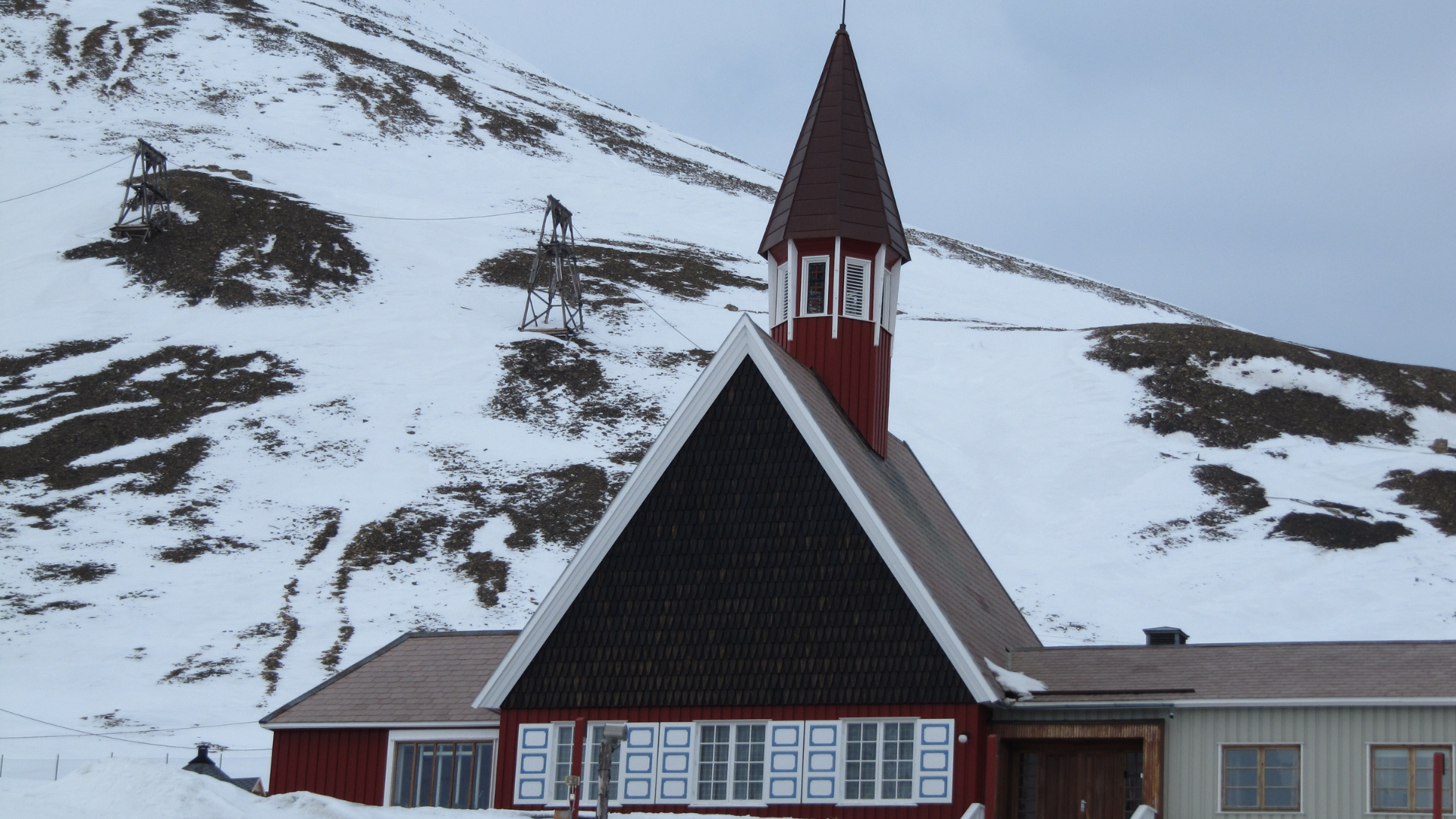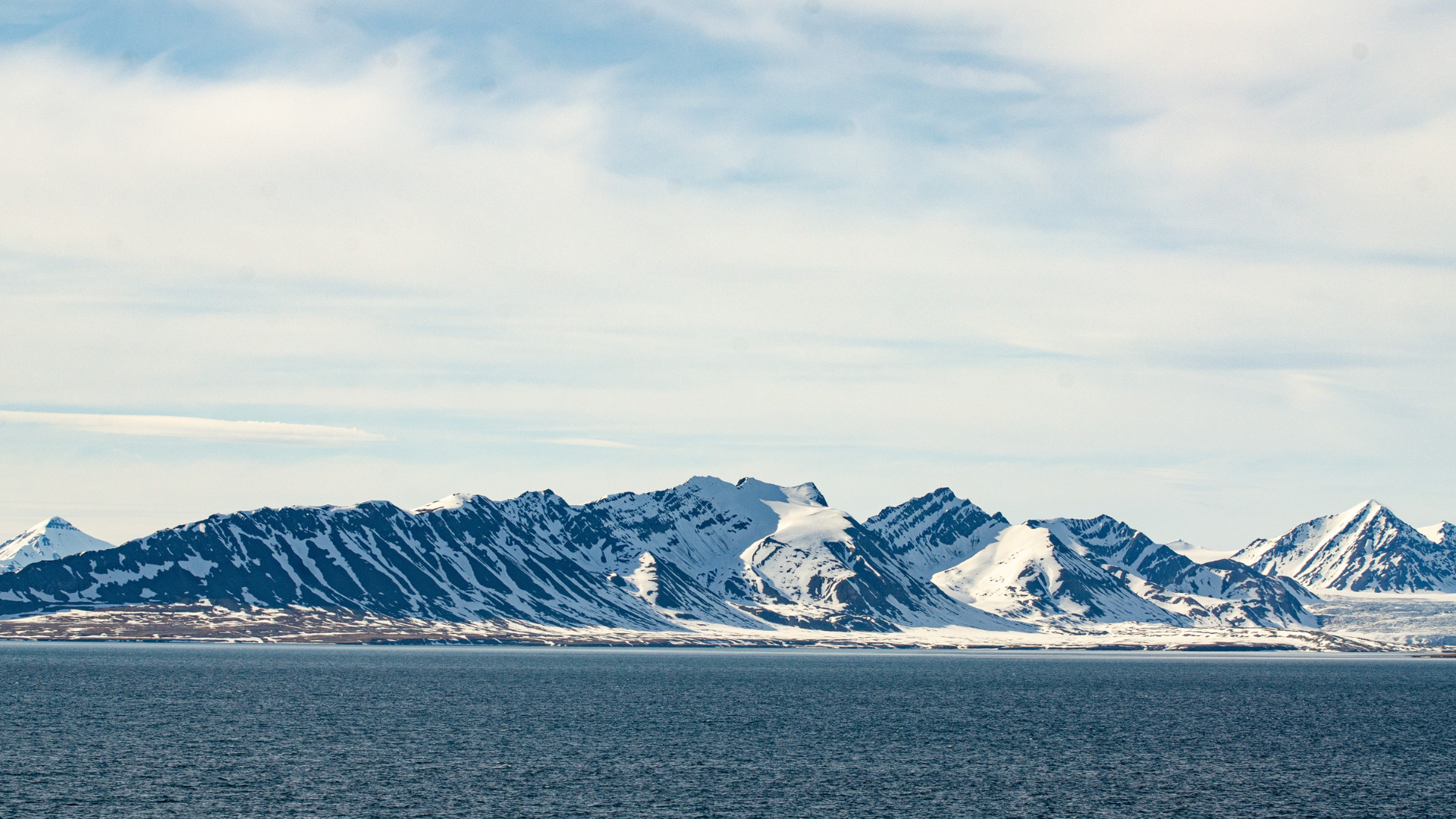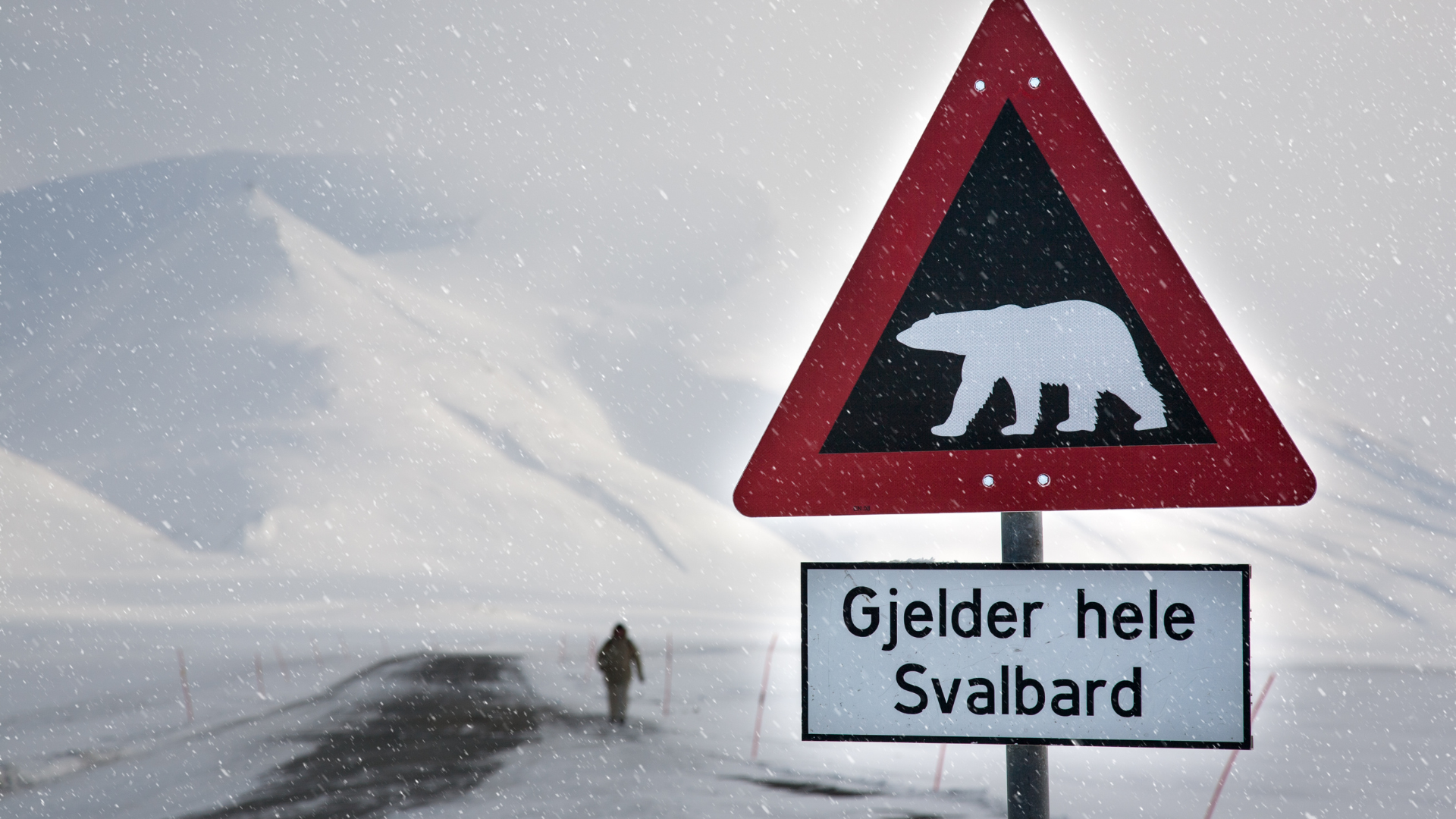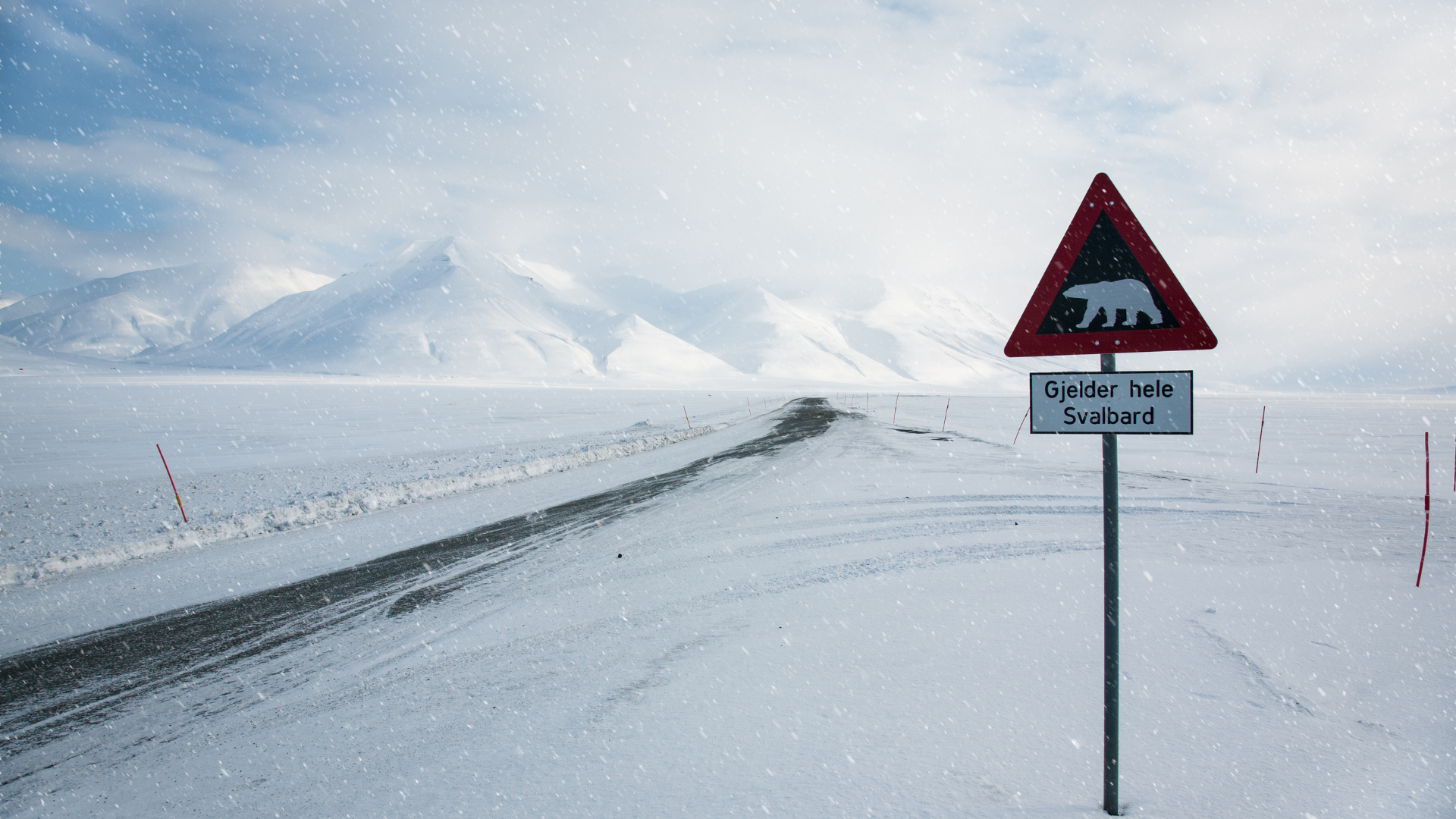Whales in Spitsbergen
Whales in Spitsbergen
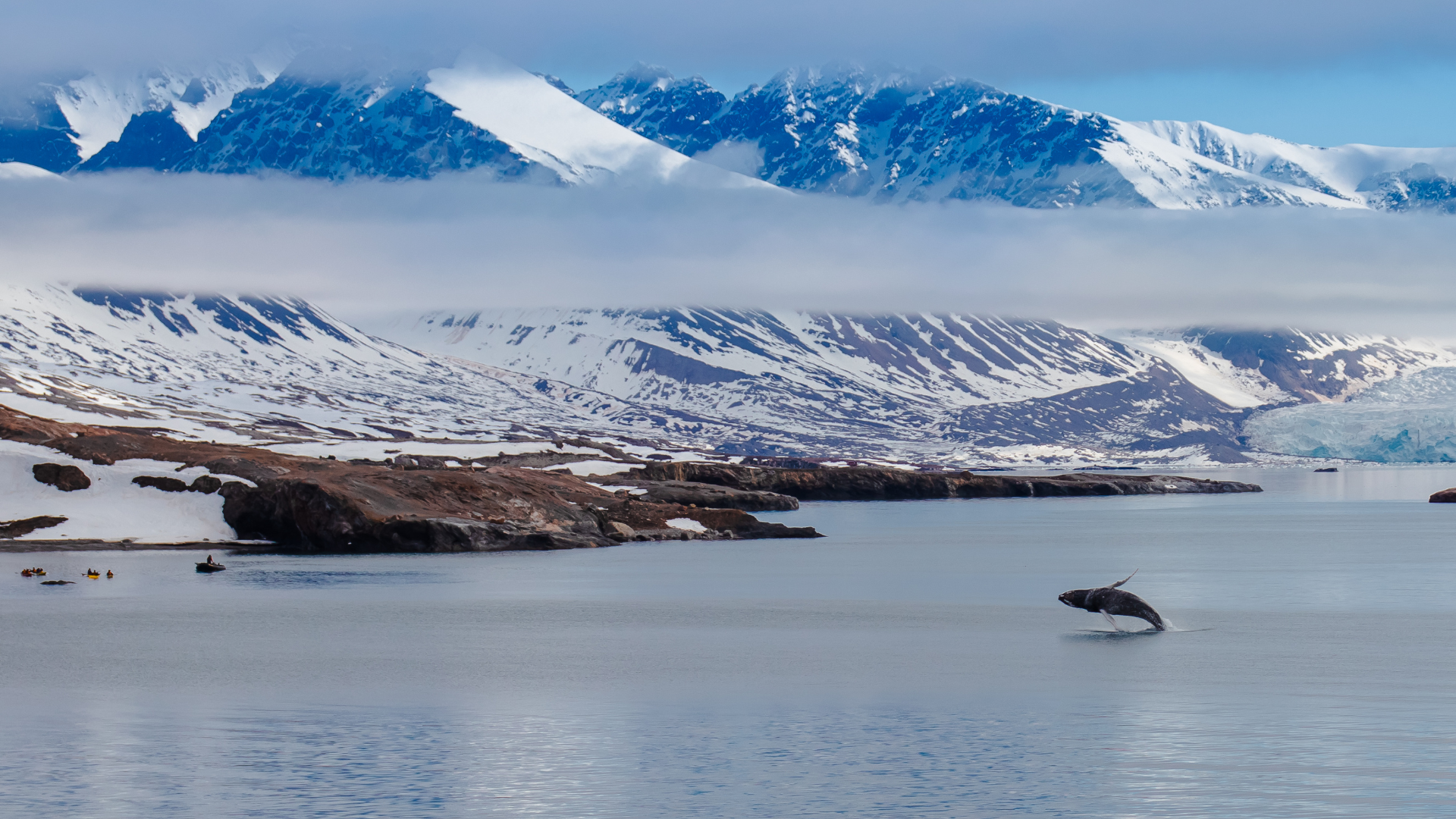
Spitsbergen, the largest island in the Svalbard archipelago, is surrounded by rich, nutrient-laden waters that attract a diverse array of marine life, including several species of whales. These magnificent creatures are a significant draw for wildlife enthusiasts and play a crucial role in the Arctic marine ecosystem. Here are some compelling facts about the whales that frequent the waters around Spitsbergen.
The bowhead whale (Balaena mysticetus) is one of the most notable whale species found in the Svalbard region. Known for its massive size and thick blubber, the bowhead whale is perfectly adapted to the cold Arctic waters. These whales can live over 200 years, making them some of the longest-lived mammals on the planet. Bowhead whales are baleen whales, using their baleen plates to filter feed on tiny organisms such as zooplankton and small fish. Sightings of bowhead whales around Spitsbergen have increased in recent years, indicating a possible recovery of their populations following historical whaling declines.
The beluga whale (Delphinapterus leucas) is another fascinating cetacean that inhabits the waters of Spitsbergen. These medium-sized whales are easily recognizable by their distinctive white color and lack of a dorsal fin. Belugas are highly social animals, often found in pods ranging from a few individuals to several dozen. They are known for their wide range of vocalizations, earning them the nickname "canaries of the sea." Belugas feed on a variety of prey, including fish, crustaceans, and cephalopods, and can often be seen in fjords and shallow coastal areas.
The blue whale (Balaenoptera musculus), the largest animal ever to have lived on Earth, occasionally visits the waters around Spitsbergen. These giants can reach lengths of up to 30 meters (98 feet) and weigh as much as 180 metric tons (200 short tons). Blue whales are also baleen whales, feeding primarily on krill through filter feeding. Despite their enormous size, blue whales are generally solitary or found in small groups. Observing a blue whale in the wild is a rare and awe-inspiring experience, highlighting the vastness and richness of the Arctic marine environment.
The minke whale (Balaenoptera acutorostrata) is one of the most frequently observed whale species around Spitsbergen. These relatively small baleen whales are known for their curious nature and are often seen approaching boats. Minke whales feed on a variety of prey, including small fish and krill, and are known for their agile swimming and breaching behavior. Their presence in the region during the summer months coincides with the peak of marine productivity, providing ample feeding opportunities.
The humpback whale (Megaptera novaeangliae) is another seasonal visitor to the waters of Spitsbergen. Renowned for their acrobatic displays and complex songs, humpback whales migrate to the Arctic during the summer to feed on the abundant krill and small fish. These whales are known for their distinctive body shape, long pectoral fins, and unique patterns on their flukes, which researchers use for individual identification. Humpback whales often engage in cooperative feeding techniques, such as bubble net feeding, to corral and capture their prey.
The narwhal (Monodon monoceros), known as the "unicorn of the sea," occasionally ventures into the waters around Spitsbergen. Narwhals are easily identified by the long, spiral tusk that protrudes from the males' heads, which is actually an elongated tooth. These elusive whales prefer deep, icy waters and are known to dive to great depths in search of fish, squid, and shrimp. Narwhals are typically found in small groups and are difficult to spot, making sightings around Spitsbergen a rare and special event.
Orcas or killer whales (Orcinus orca) are apex predators that also frequent the waters of Spitsbergen. These highly intelligent and social animals are known for their striking black and white coloration and complex social structures. Orcas in the Arctic are known to hunt a variety of prey, including fish, seals, and even other whales. They are often seen in family groups, called pods, and use sophisticated hunting techniques to capture their prey. Observing orcas in the wild provides a glimpse into the intricate social dynamics and hunting strategies of these powerful marine mammals.
The waters around Spitsbergen are teeming with a diverse array of whale species, each with unique adaptations and behaviors that make them fascinating subjects of study and observation. The presence of these whales highlights the richness of the Arctic marine ecosystem and underscores the importance of conservation efforts to protect these magnificent creatures and their habitats. Whale watching in Spitsbergen offers an unparalleled opportunity to connect with the natural world and witness the awe-inspiring beauty of these gentle giants.


